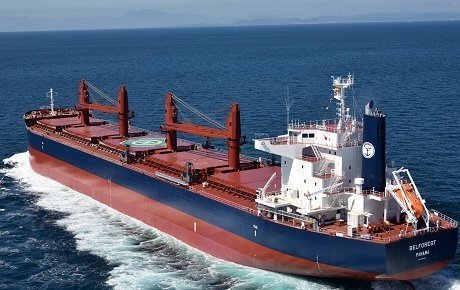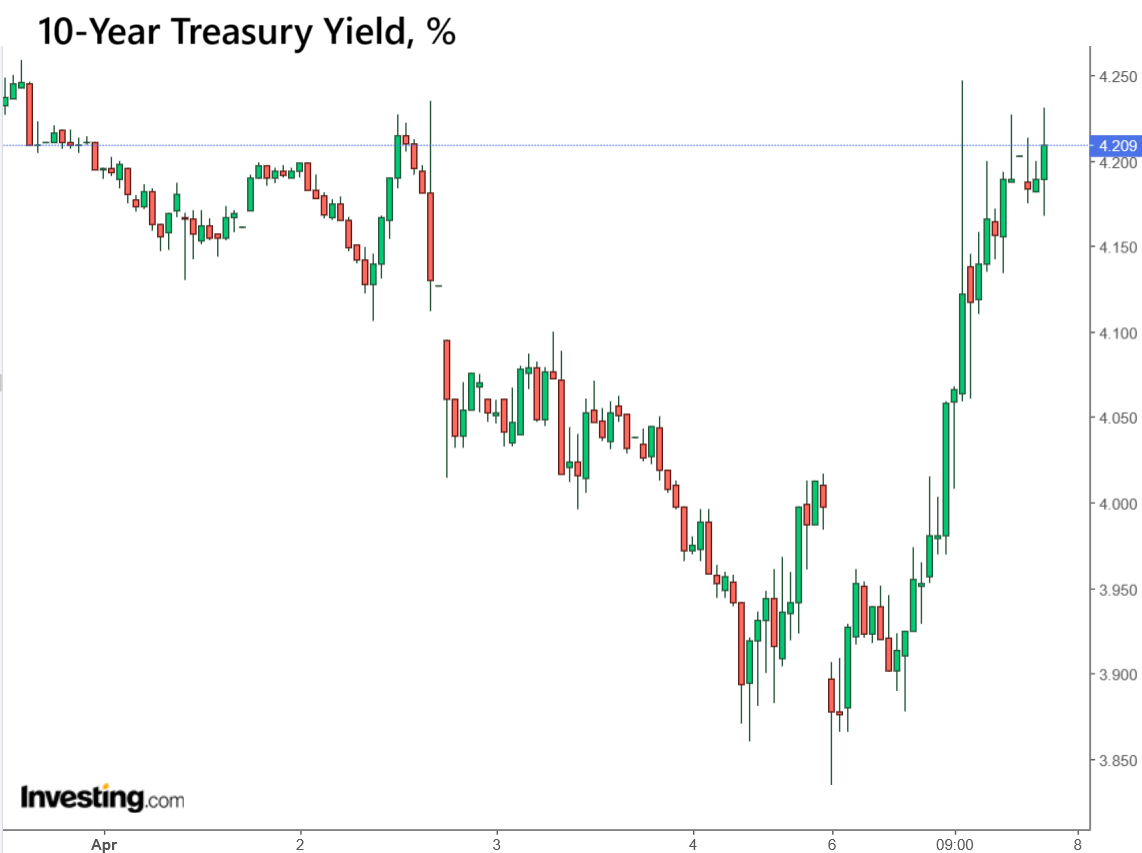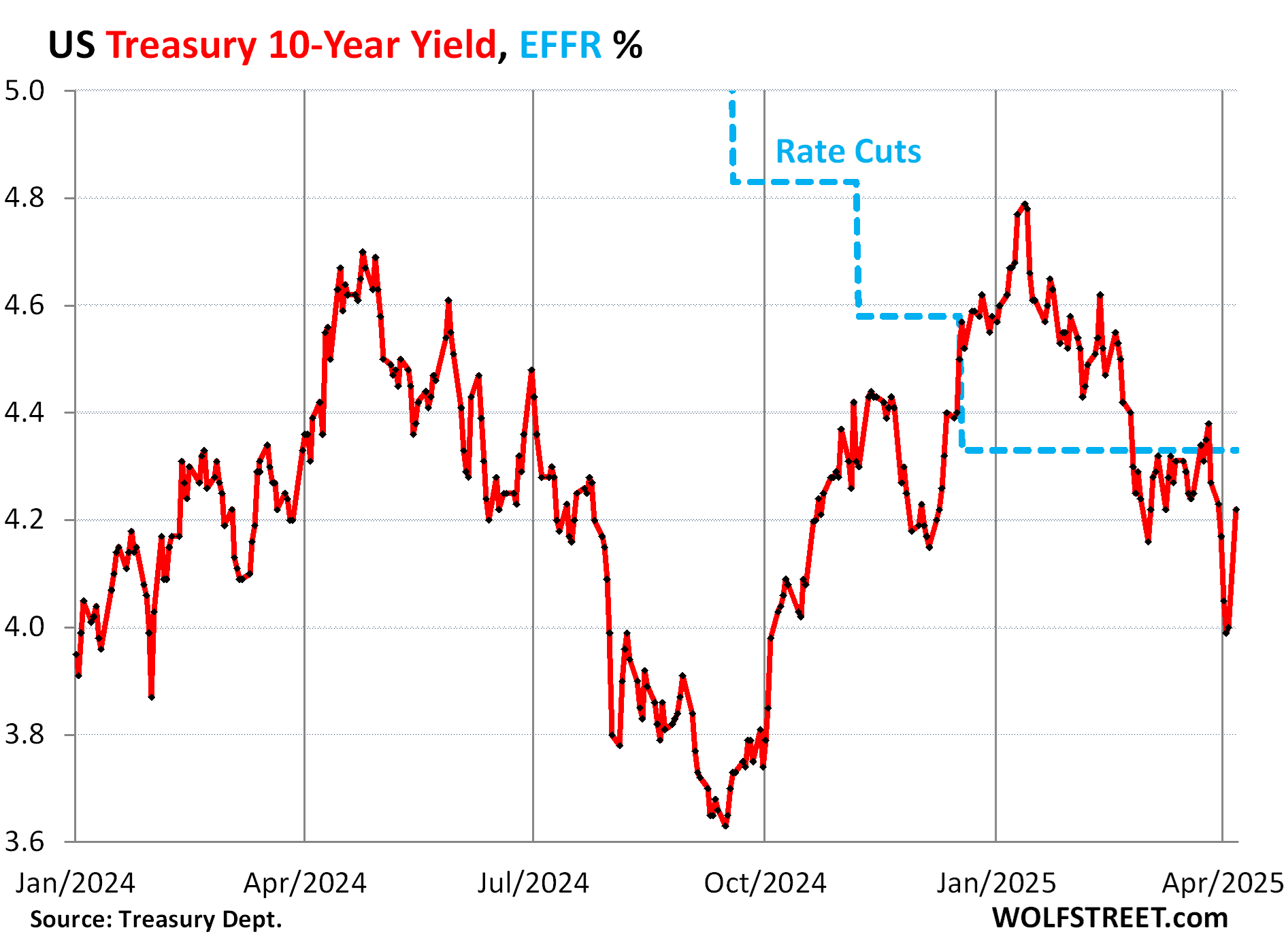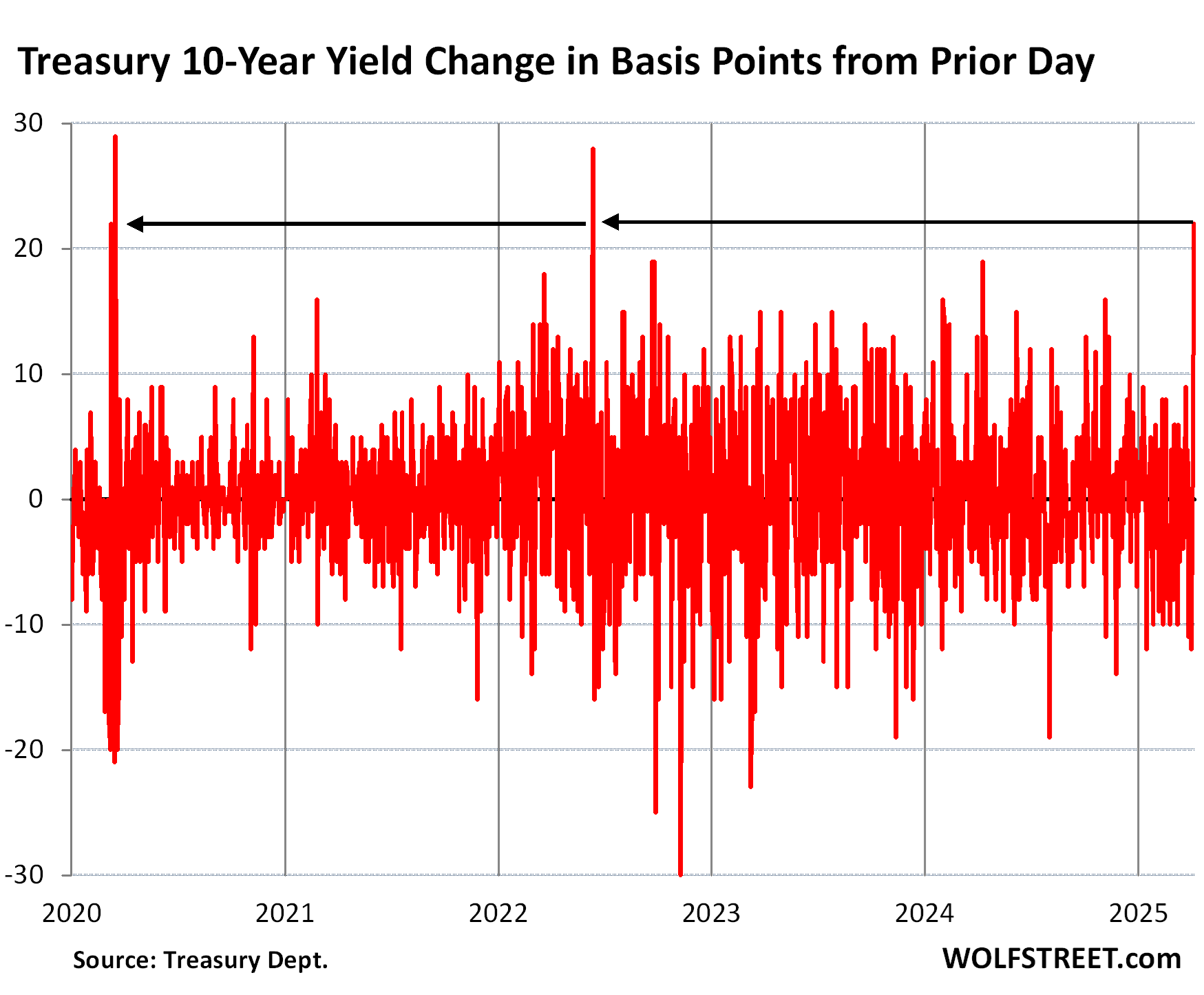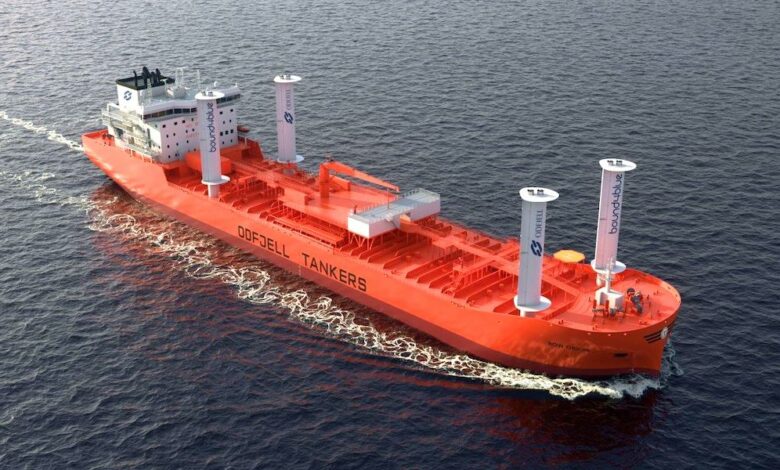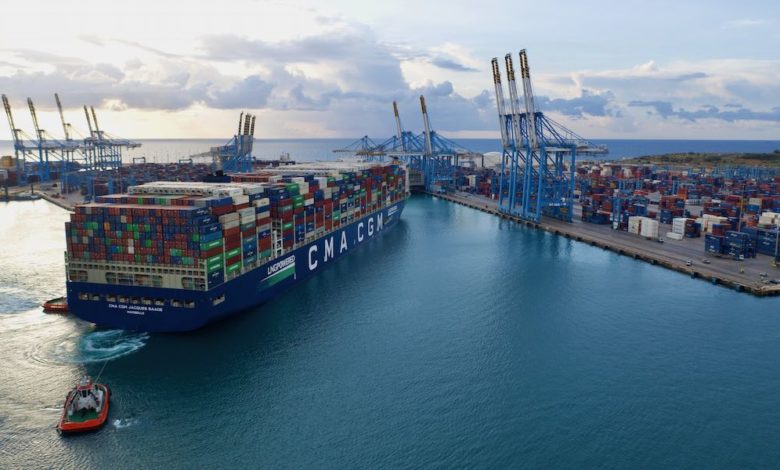Energy News Beat
Once a golden dream factory, California’s progressive utopia now produces soaring costs, fleeing businesses, and fading hope for its middle class.
California’s economic, academic, media, and political establishment still embraces the notion of the state’s inevitable supremacy. “The future depends on us,” Gov. Gavin Newsom said at his first inauguration, “and we will seize this moment.” [emphasis, links added]
Others see California as deserving and capable of nationhood, a topic that has resurfaced with Trump’s presidency as it reflects, as a New York Times column put it, “the shared values of our increasingly tolerant and pluralistic society.”
Critics say this vision is at odds with the facts on the ground. Rather than being the exemplar of a new “progressive capitalism” and a model for social justice, California accommodates both the highest number of billionaires and the highest cost-adjusted poverty rate.
It has the third highest gap, behind just Washington, D.C., and Louisiana, between middle- and upper-middle-income earners of any state.
Nearly one in five Californians – many working – lives in poverty (using a cost-of-living adjusted poverty rate); the Public Policy Institute of California (PPIC) estimates another one-fifth live in near-poverty – roughly 15 million people in total.
“California” is a model that no longer delivers.
To be sure, California has a huge GDP, paced largely by high real estate prices and the stock value of a handful of huge tech firms.
It retains the inertia from its glory days, particularly in technology and entertainment, but that edge is evaporating as tech firms flee the state and Hollywood productions are shot around the world.
For all its strengths, California has the nation’s second-highest rate of unemployment with lagging job growth, particularly in comparison to its neighbors and chief rivals, notably Texas, Arizona, and Nevada.
The signs of failure are evident on the streets. Roughly half the nation’s homeless population lives in the Golden State, many concentrated in disease- and crime-ridden tent cities in Los Angeles or San Francisco.
Barely one in three state residents – and only one in four younger voters – now considers California a good place to achieve the American dream.
Increasingly, California is where this dream goes to die. […snip…]
Pell-Mell Into Climatism
California progressivism today embraces many causes – undocumented immigrants, transgender kids, reparations for slavery – but nothing has shaped the state’s contemporary politics more in recent years than a commitment to what Newsom described in 2018 as “climate leadership.”
In embracing the catastrophism that defines climate change as an existential threat to life on the planet, Newsom has left behind the old progressive notion of focusing on materially improving people’s lives by embracing inherently uncertain computer models predicting danger.
This allows the legislature to look the other way as state climate policies knowingly increase poor and working family costs and shift billions of dollars to the wealthy…
In California, experts from what Bjorn Lomborg, a leading skeptic of climate catastrophism, calls the “climate industrial complex”, provide the justification for staggeringly expensive, socially regressive mandates based on the conjured models; the state mandates GHG reductions but leaves implementation in the hands of state agencies closely aligned with the green lobby.
This allows the legislature to look the other way as state climate policies knowingly increase poor and working family costs and shift billions of dollars to the wealthy in the relentless pursuit of unilaterally modeled carbon emission targets that even advocates admit cannot possibly “fix” the global climate.
Indeed, in 2023, the California Air Resources Board belatedly disclosed that current state climate policies would disproportionately harm households earning less than $100,000 per year while boosting incomes for those above this threshold.
Read full post at American Greatness
We give you energy news and help invest in energy projects too, click here to learn more
Crude Oil, LNG, Jet Fuel price quote
ENB Top News
ENB
Energy Dashboard
ENB Podcast
ENB Substack
The post How California’s Climate Crusade Fueled The Golden State’s Decline appeared first on Energy News Beat.






